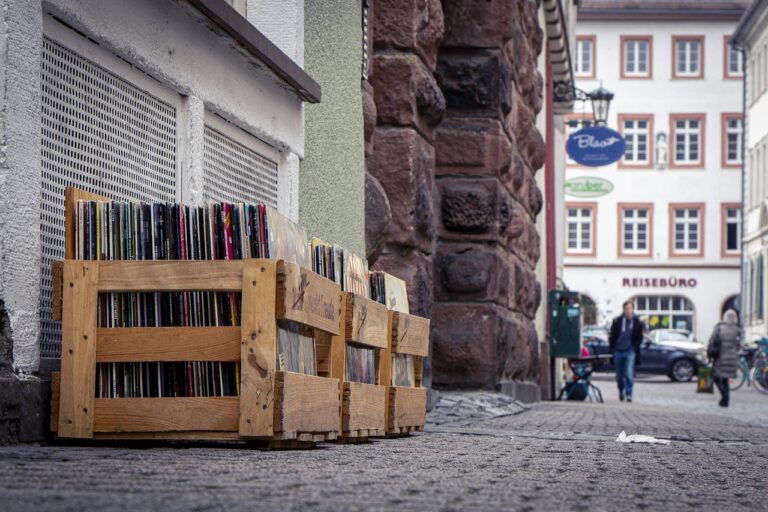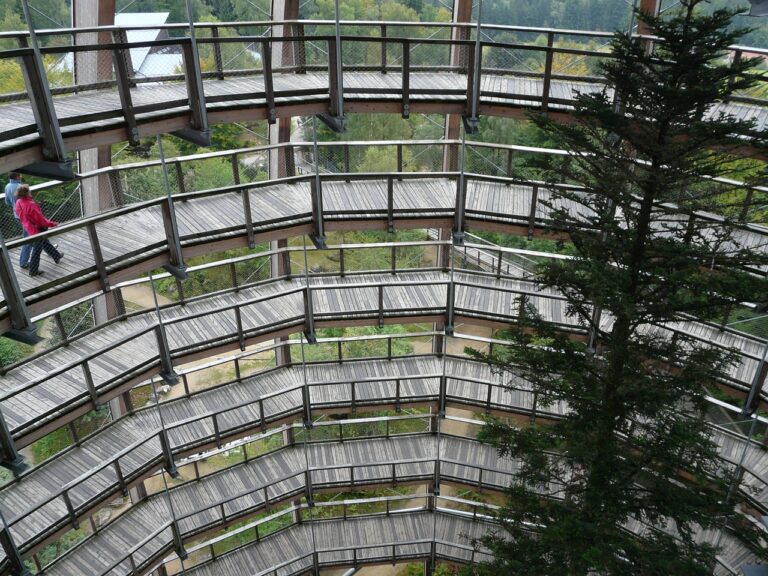Understanding the Benefits of Loose Parts Play for Spatial Awareness and Construction Skills: Betbook250.com, 11xplay, Yolo 247
betbook250.com, 11xplay, yolo 247: Understanding the Benefits of Loose Parts Play for Spatial Awareness and Construction Skills
Loose parts play is a type of play that involves using open-ended materials such as blocks, sticks, stones, and other objects that can be moved, carried, combined, redesigned, lined up, and taken apart and put back together in multiple ways. This type of play has been gaining popularity in early childhood education settings due to its numerous benefits for children’s development, particularly in the areas of spatial awareness and construction skills.
Spatial awareness is the ability to understand and interact with the space around us. It involves being aware of one’s body in relation to the environment, as well as understanding the spatial relationships between objects. Loose parts play provides children with opportunities to explore and manipulate objects in three-dimensional space, allowing them to develop a better understanding of spatial concepts such as size, shape, and position. By engaging in activities such as stacking blocks, arranging loose parts in patterns, and building structures, children can enhance their spatial reasoning skills and spatial visualization abilities.
Construction skills refer to the ability to plan, design, and create objects using various materials. Loose parts play fosters the development of construction skills by encouraging children to experiment with different materials, test out new ideas, and problem-solve as they build and rebuild structures. By engaging in hands-on construction activities, children can improve their fine motor skills, hand-eye coordination, and concentration. They also learn about cause and effect, balance, stability, and other principles of engineering and architecture.
Here are some key benefits of loose parts play for spatial awareness and construction skills:
1. Encourages creativity and imagination: Loose parts play promotes imaginative thinking and creative expression as children use their imagination to come up with new and innovative ways to play with the materials.
2. Enhances problem-solving skills: By experimenting with different combinations of materials and figuring out how to balance and stabilize structures, children develop their problem-solving abilities.
3. Improves fine motor skills: Manipulating small objects and assembling them into structures helps children to refine their fine motor skills and hand coordination.
4. Promotes collaboration and communication: Loose parts play encourages children to work together, communicate their ideas, and collaborate on building projects, fostering social skills and teamwork.
5. Builds resilience and persistence: Children learn to persevere and keep trying even when their constructions fall down or don’t turn out as planned, building resilience and a growth mindset.
In conclusion, loose parts play is a valuable approach to promoting spatial awareness and construction skills in children. By providing open-ended materials and opportunities for hands-on exploration and experimentation, educators and parents can support children’s development in these important areas.
FAQs
Q: How can I incorporate loose parts play at home?
A: You can create a loose parts play area by providing a variety of materials such as blocks, cardboard tubes, fabric scraps, and natural objects like rocks and shells for your child to explore and play with.
Q: What age group is suitable for loose parts play?
A: Loose parts play can benefit children of all ages, from toddlers to school-age children. The materials and activities can be adapted to suit the developmental abilities and interests of each child.
Q: What are some examples of loose parts play materials?
A: Loose parts play materials can include wooden blocks, LEGO bricks, pebbles, pinecones, shells, fabric scraps, cardboard tubes, and other open-ended objects that can be used in creative ways.







